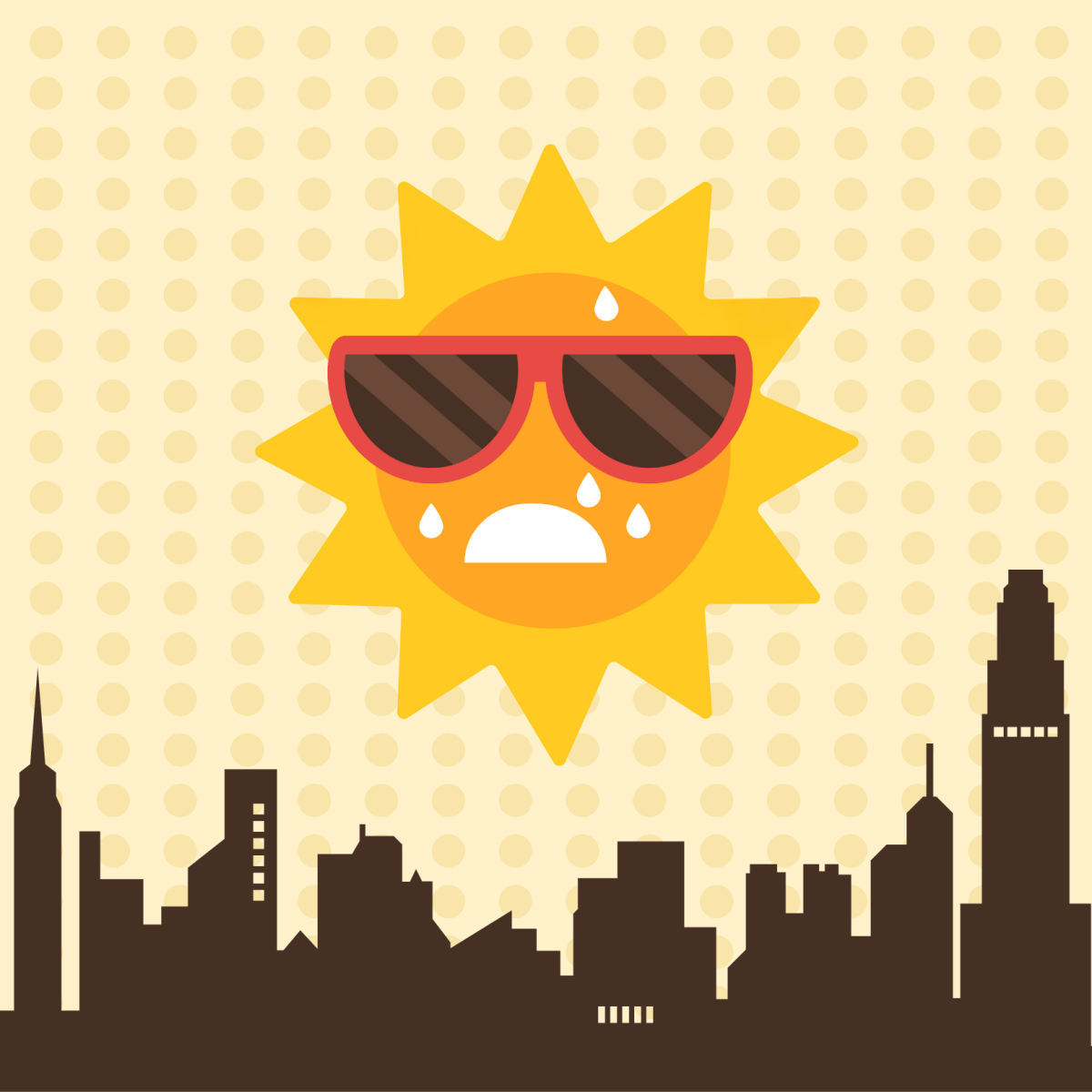As we settle into the semester, saying goodbye to summer and awaiting cooler fall days, we cannot overlook the significance that this summer was Earth’s hottest on record and the United States’ fourth-hottest ever. The European Union’s Copernicus Climate Change Service (C3S) recently found that temperatures for this boreal summer, spanning June to August, were 0.69 degrees Celsius hotter than the 1991-2020 average, and .02 degrees Celsius hotter than the June-August period in 2023.
Cities are also commonly faced with the urban heat island effect, which causes infrastructure to trap heat in these locations and results in hotter temperatures. Philadelphia itself experienced extreme heat, and certain disenfranchised groups are disproportionately impacted by these increased temperatures. This includes homes in formerly redlined neighborhoods being more vulnerable to heat due to low tree coverage and flat roofs. Additionally, people experiencing homelessness are at extreme risk of heatstroke when high temperatures and humidity make it dangerous to even sit outside. As a result, over the summer, Philadelphia implemented a Code Red to find and transport unhoused people during the extreme heat waves.
Children in Philadelphia public schools have also been affected by this immense heat. Efforts have been made to remedy the problem, such as Eagles quarterback Jalen Hurts’ $200,000 donation to the School District of Philadelphia. However, while 163 schools are sufficiently cooled, 63 district buildings still lack proper cooling. This results in uncomfortable and unsafe learning environments for students and difficulty in finding teachers to work in hot buildings.
As summer and global temperatures continue to rise to new extremes, it is important to understand that this is the result of man-made climate change. Carbon pollution is causing record-setting hot temperatures. The consequences of extreme heat on vulnerable groups in Philadelphia and across the globe are becoming more evident as new heat records are constantly being broken. There is a need to change infrastructure to adapt to this heat, such as by increasing green spaces and airflow in cities. Extreme heat is not going away anytime soon, and it needs to be addressed to protect vulnerable populations.















































